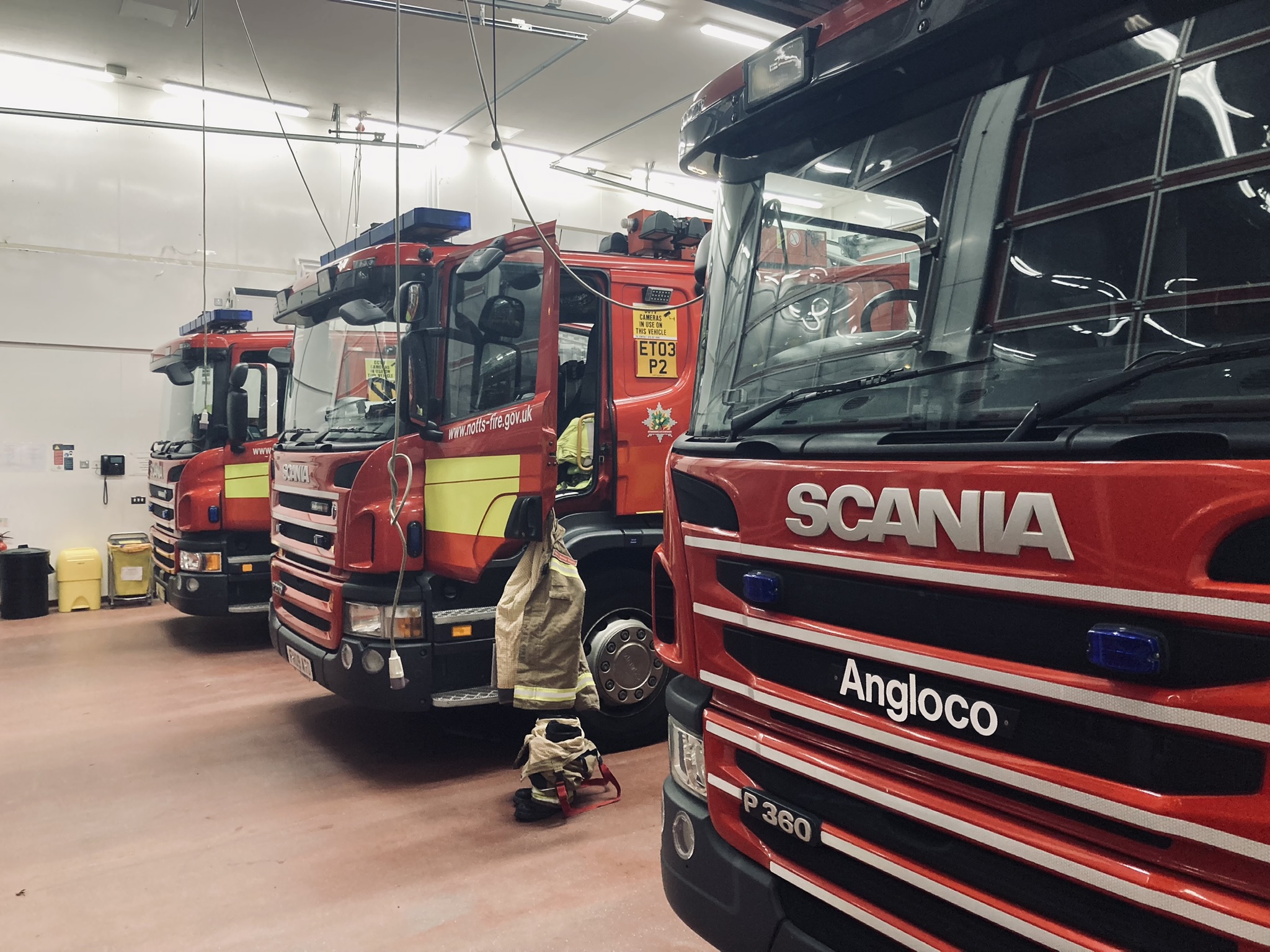The journey back to station following a critical incident is a key opportunity for firefighters to consider the psychological impact of the job, and Firefighters need to be mindful of their own reactions and those of their mates when booking mobile home station.
Inevitably, Firefighters will be confronted with operational incidents that (even for us) fall outside the normal scope of experience, and present challenges in terms of psychological trauma.
A critical incident is any incident that has the potential to invoke crises. This useful definition helps us to consider the subjective criticality that we experience, rather than defining a specific incident type or set of incident types as inherently ‘traumatic’. By broadening our scope beyond the ‘usual suspects’ associated with trauma, we allow ourselves the opportunity to provide more robust systems of support following incidents that may otherwise have not met the threshold for post-incident support procedures.
A simple way that Firefighters can consider their (and other’s) wellbeing is to begin conducting a rudimentary Critical Incident Risk Assessment on their way back from a job. This is especially useful for Watch and Crew Managers who need to ensure the welfare of their crew.
Whilst a complete Critical Incident Risk Assessment is a deeper, more nuanced appraisal, there’s nothing to stop you beginning to think about traumatic risks quickly in these terms. So, take a moment to consider your colleagues, in light of the job you’ve just been to. This should be a priority.
Think about the incident in terms of the four i’s.
The four i’s are key areas of consideration that can help us to begin to risk-assess the potential for trauma following a critical incident.
- Incident – are there aspects of the incident that fall outside of the scope of ‘normal’ ops?
- Involvement – what involvement did crew members have in the incident?
- Interpretation – how are they interpreting their involvement in the incident?
- Impact – what is the apparent impact of the incident upon the crew ?
These initial considerations (without their sub-criterion) should give you some idea of the potential risks associated with the incident and help inform your decision-making processes regarding the potential need implementation of trauma support processes, with a full Critical Incident Risk Assessment being carried out later, on station.
Remaining alive to the risks of trauma in the aftermath of a critical incident is important, for all of us. We need to keep each other safe and well (no pun intended!)
Until next time,
Sean
**The ‘Critical Incident Risk Assessment’ has been designed by Sean McCallum CTIRt CCSt, trauma specialist, and developer of the CRISIS system. A Watch Manager within Nottinghamshire Fire and Rescue Service and Veteran, Sean has over twenty years experience of working within high-threat environments. Eudemonics will begin the roll-out of Critical Incident Assessment Training in 2023.



